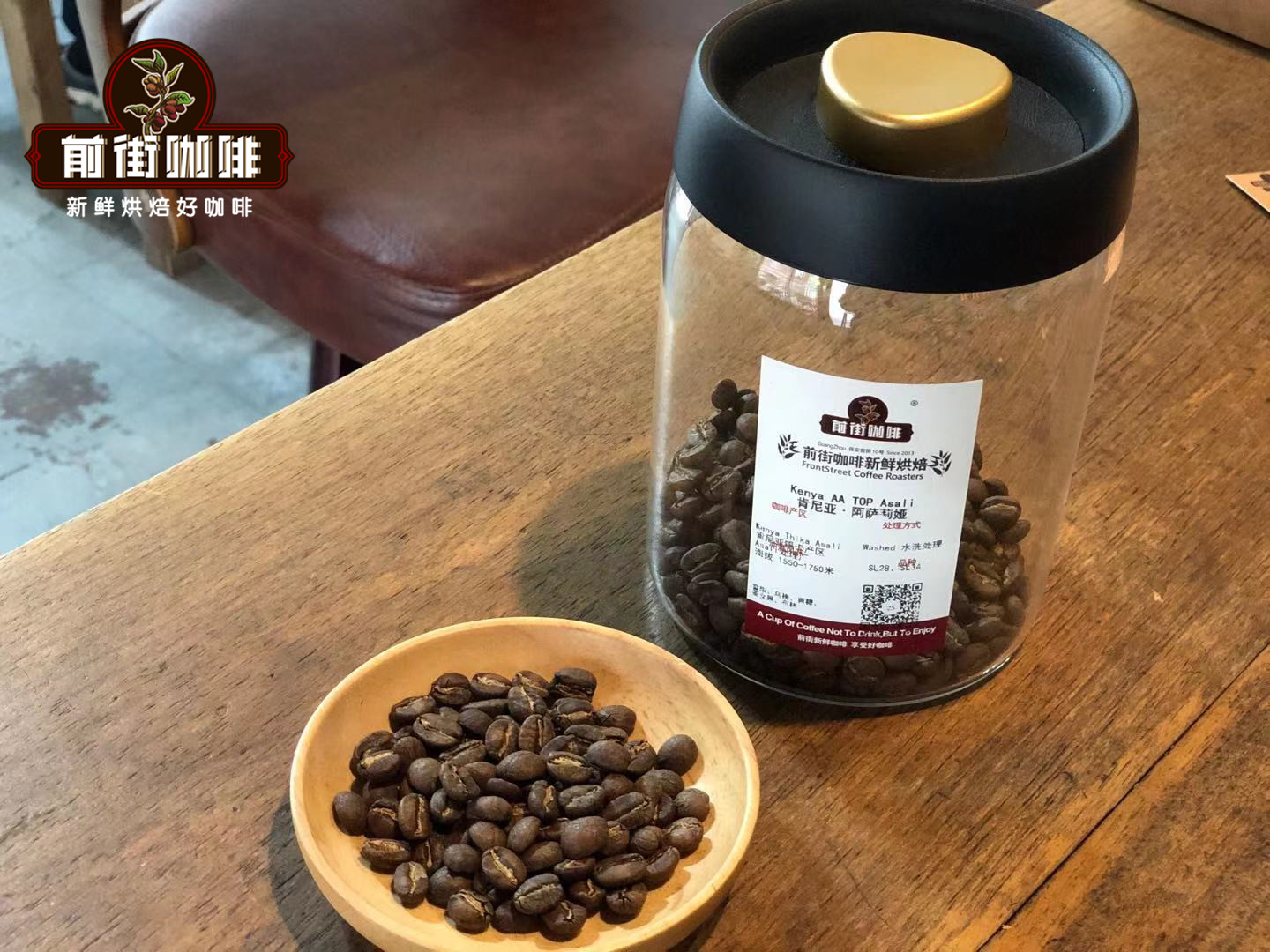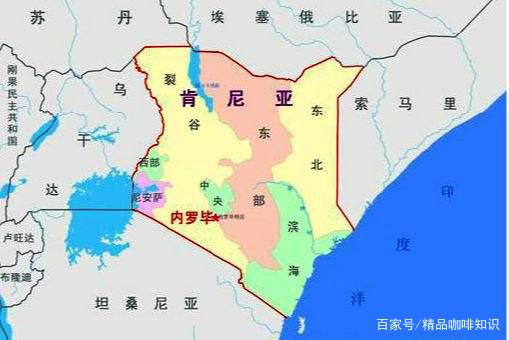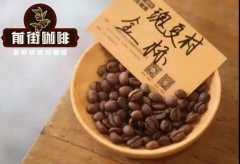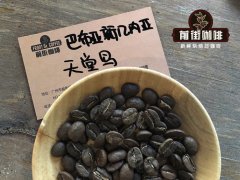Do Kenyan coffee beans taste good? Kenyan origin coffee, how to evaluate hand-brewed coffee
Kenya tomato Asalia coffee beans
Country of origin: Kenya
Production area: Sika Asali (honey processing plant)
Treatment: k72
Soybean seed: SL28 SL34
Altitude: 1400 m-2000 m
Degree of baking: medium light baking
Recommended according to SCA recommended hand-brewed coffee gram weight of 15g coffee powder 90 degrees to 91 degrees hot water 225 ml, water powder ratio of 1:15.
Coffee overall flavor for dark plum, cherry, caramel, cup sipping when there are flowers, lemon and other amazing aroma.
Kenya K72 process: The fermentation time of coffee beans in washing tanks rarely exceeds 36 hours, but Kenya's fermentation time is as long as 72 hours.
That is, we often say 72 hours of washing, also known as double washing method. After fermentation for 30-48 hours, the pectin layer on the clean surface is removed,
It also needs to go through 24 hours of clean water soaking process. This additional soaking process makes the bright and clean flavor of coffee beans reflected.
Finally, in the drying process, it is also very particular, placed in the upper and lower ventilation of the special grid drying, not only helps to prevent moisture and dry evenly, but also to avoid contamination with the ground smell of soil.
K72 fermentation washing process flow:
① First washing and fermentation
After the coffee berries are harvested, they will first pass through the water flow to pick the beans. The principle is to use the density and quality difference of the coffee fruit itself to make screening; the coffee beans with high density (heavy quality) will sink into the water.
Coffee beans with low density float. Ripe, high-quality coffee fruits have a high density and are selected for further processing. After selecting good quality and ripe fruits, remove the pericarp and
Soak in water to ferment the pectin mucus attached to the outer layer of raw beans. Pectin has natural sugars and alcohols that are crucial to coffee sweetness development, acidity and overall flavor.
Fermentation time up to 24 hours, fermentation can remove 80-90% of pectin, leaving only the flavor of coffee beans.
② Second washing and fermentation
Then enter the second washing fermentation process. After the coffee beans in the previous stage are cleaned, they are soaked in water for 24-48 hours. This process increases protein and amino acids,
The acidity of the coffee beans thus produces a complex, delicate texture. Finally, remove any remaining pectin and move the beans to a raised trellis for sun drying.
Fermentation time up to 24 hours, fermentation can remove 80- 90% of pectin, leaving only the flavor of coffee beans, finally, remove all remaining pectin,
The coffee beans will be moved to a high shelf for sun drying, drying time depends on weather conditions, generally takes about 5- 10 days to complete. Front Street believes that Kenya's 72-hour fermentation washing method of coffee beans in low temperature fermentation for a long time,
The beans are dried and dehydrated to give them a brighter, cleaner, fuller flavor.

History of Kenya Coffee
The British landed coffee in Africa in 1878, and coffee plantations were established in Kenya in the 19th century, when Ethiopian coffee drinks were imported to Kenya via southern Yemen. But it wasn't until the early 1900s that bourbon coffee trees were made by St. The St. Austin Mission was introduced into Kenya.
Kenya, located in East Africa, is one of the major coffee producing countries, with more than six million people engaged in the coffee industry, mostly in the form of a combination of small farmers and cooperatives. Coffee trees in Kenya are mostly planted at an altitude of 1400 - 2000 meters, and their growth areas include Ruiri, Thika, Kirinyaga, Mt. Kenya West, Nyeri, Kiambu and Muranga, dominated by Mt.Kenya and Aberdare foothills.

Kenya Kenya coffee is mostly grown at altitudes of 1500- 2100 meters and harvested twice a year. Its main characteristic is the distinct fruit fragrance, the common fruit fragrance is citrus. Kenya coffee has a multi-layered taste and juice acidity, perfect grapefruit and wine flavors, moderate body, and is a favorite of many coffee industry insiders. Kenyan coffee gained further fame with the Hollywood blockbuster Out of Africa.
Central Kilinaga Peak (Mount Kenya) 5199 m above sea level, Sika ASALI TOP AA grows on the eastern slopes of the Kenya Mountains from 1550-1750 in Mangata-Embu County. The lateritic soil of this region produces Kenya's best coffee, and agriculture is extremely important here; coffee is the most important crop. Cooperatives consisting of small farmers are more common than large estates. The coffee of the TOPAA season is usually of higher quality Bourbon varieties (SL-28) and (SL-34) SL-28 and SL-34. This is Guy from Scott Laboratories. Two of the 40 experimental varieties produced by the Guy Gibson-led research project, Bourbon varieties SL-28 and SL-34 have been the winners at expert cup Nairobi auctions.
The cup flavor reflects intense lemon and plum dry and wet aromas. When sipped lightly, it has a variety of amazing aromas such as flowers and lemon. Green apples, berries, caramel, coffee berries are sweet, bright and juicy, crisp and sweet, plum juice, preserved sour and sweet, and the final caramel aroma.
Important Notice :
前街咖啡 FrontStreet Coffee has moved to new addredd:
FrontStreet Coffee Address: 315,Donghua East Road,GuangZhou
Tel:020 38364473
- Prev

How to drink the top rose summer? The origin story of Ethiopia's Guixia Village. How about drinking this taste?
Guixia Village Gold Standard Rose Summer Country of Origin: Ethiopia Production Area: Guixia Village Treatment Method: Sunlight Variety: Ethiopia Rose Summer Altitude: 2040 m Roasting Degree: Medium Light Roasting Suggestion According to SCA, the recommended weight of hand-brewed coffee is 15g coffee powder 90 ° C to 91 ° C hot water 225 ml, water powder ratio 1:15. Gold standard batches of coffee account for about 10% of the annual output of Guixia Village Garden.
- Next

How can Papua's best brand coffee beans taste good? What grade coffee beans are birds of paradise?
Papua New Guinea Paradise Bird country: Papua New Guinea altitude: 1500m breed: iron truck treatment: washing treatment roasting degree: medium roasting recommended according to the SCA recommended handbrewed coffee weight 15g coffee powder 90 degrees to 91 degrees hot water 225ml, water powder ratio 1:15. It has a rich and balanced flavor of cream, nuts, chocolate and a rich taste.
Related
- Detailed explanation of Jadeite planting Land in Panamanian Jadeite Manor introduction to the grading system of Jadeite competitive bidding, Red bid, Green bid and Rose Summer
- Story of Coffee planting in Brenka region of Costa Rica Stonehenge Manor anaerobic heavy honey treatment of flavor mouth
- What's on the barrel of Blue Mountain Coffee beans?
- Can American coffee also pull flowers? How to use hot American style to pull out a good-looking pattern?
- Can you make a cold extract with coffee beans? What is the right proportion for cold-extracted coffee formula?
- Indonesian PWN Gold Mandrine Coffee Origin Features Flavor How to Chong? Mandolin coffee is American.
- A brief introduction to the flavor characteristics of Brazilian yellow bourbon coffee beans
- What is the effect of different water quality on the flavor of cold-extracted coffee? What kind of water is best for brewing coffee?
- Why do you think of Rose Summer whenever you mention Panamanian coffee?
- Introduction to the characteristics of authentic blue mountain coffee bean producing areas? What is the CIB Coffee Authority in Jamaica?

